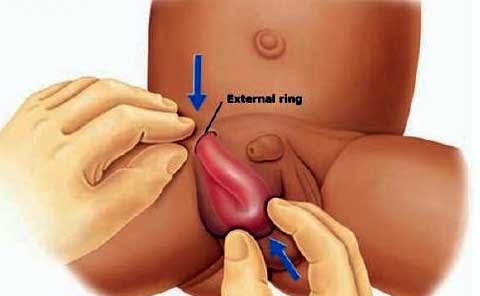Hernias are a relatively common condition that can occur when an organ or tissue pushes through a weak spot in the surrounding muscle or connective tissue. While they can affect anyone, their causes, types, and impacts vary widely. Having a basic understanding of the different types of hernias can help you recognize potential symptoms and seek appropriate care when needed. Here are several types of hernias:
Inguinal Hernia
The inguinal hernia is the most common type, particularly in men. It happens when soft tissue, often part of the intestine, protrudes through a weak spot in the lower abdominal wall or groin region. Activities such as straining, heavy lifting, or persistent coughing can contribute to its development.
While they may not always cause symptoms, some people experience discomfort, pressure, or a noticeable bulge in the groin. If left untreated, it can enlarge over time and may lead to complications such as incarceration or strangulation, which require urgent medical attention. Surgical repair is a common and effective treatment option to address an inguinal condition and prevent further issues.
Umbilical Hernia
Umbilical hernias occur near the belly button and are typical in infants. However, adults can develop this type of hernia as well. It is caused when part of the intestine bulges through the abdominal muscles around the navel. While small umbilical hernias in infants often close on their own, larger or persistent ones in adults might require attention.
Femoral Hernia
Femoral hernias are less common and primarily occur in women. They appear as a bulge near the upper thigh or groin, just below the inguinal area. The condition occurs when tissue pushes through the femoral canal, a natural passageway in the body.
Although they may not always cause noticeable symptoms, this condition can sometimes lead to complications and typically requires monitoring. These are often diagnosed during a physical examination or imaging tests. Treatment usually involves surgical repair to prevent complications such as bowel obstruction or strangulation.
Incisional or Ventral Hernia
This condition develops at the site of a previous surgical incision. When the abdominal wall does not heal properly after surgery, tissue or intestines can push through the weakened area, leading to this condition. Factors such as obesity or strenuous activity can increase the likelihood of developing this type of protrusion after surgery.
How Hernias Impact Daily Life
Hernias can vary in severity, with some causing mild discomfort and others leading to significant challenges. They might affect your ability to perform daily tasks, especially activities involving heavy lifting, bending, or prolonged periods of standing. For some individuals, they may also lead to pain or the development of complications over time.
Schedule an Appointment with a Surgical Clinic
If you notice an unusual bulge, pressure, or discomfort, particularly in the areas mentioned above, it’s wise to consult a medical professional for evaluation. While not all cases are immediately serious, timely attention can help address any concerns and minimize potential complications. Knowledge is the first step toward managing your health, and understanding different conditions is an excellent place to start. If you suspect a hernia, don’t hesitate to speak to a healthcare provider. Schedule an appointment with a surgical oncologist near you.

